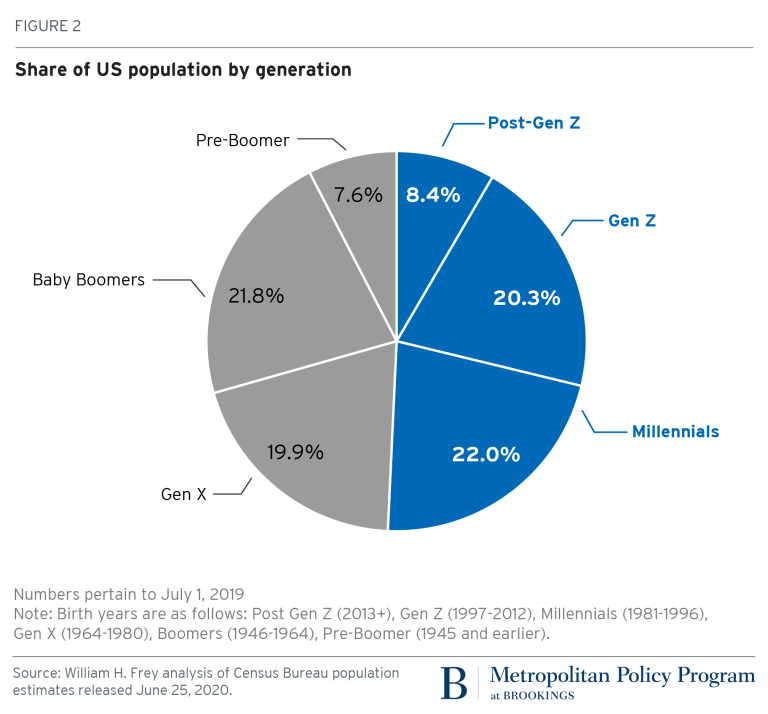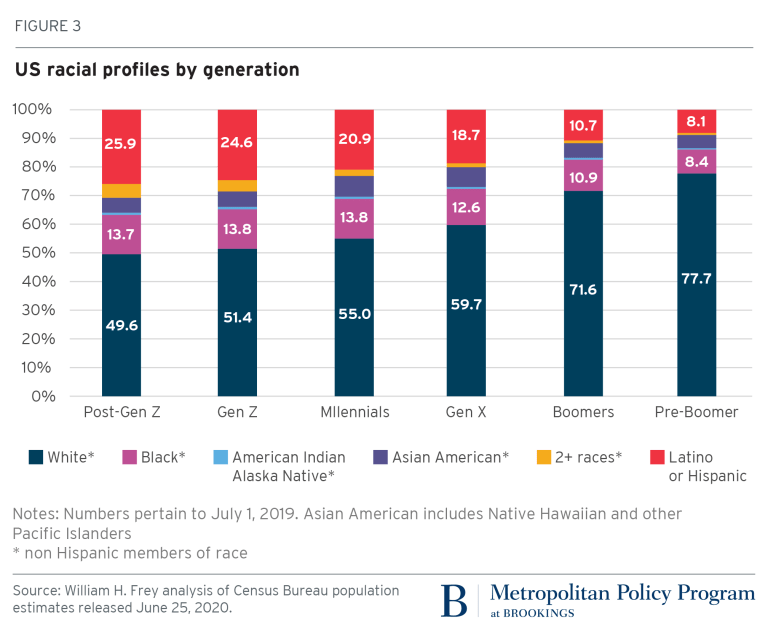
The prognostications about the future of radio continue to run the gamut, perhaps intensified during this stressful COVID summer. Radio broadcasters continue to report their earnings, and in this environment, -20% is considered a pretty damn good performance. In the meantime, like so many other industries, there are questions revolving around the shape radio will be in when a vaccine is finally developed, tested, and distributed.
Some of the changes wrought by COVID that would seem to be predictable – are perhaps permanent. Working from home is one of them. It will most definitely have an impact on many businesses, including commercial real estate. Similarly, e-commerce which has only strengthened during the pandemic will no doubt affect the way we shop, and once again malls and stores will be challenged to stay open and prosper.
But what will become of radio? In what condition will COVID leave the industry – both in terms of listening levels, digital usage, and of course, appeal among advertisers, locally and nationally.
I’m watching research trends carefully, and we’re getting our first Techsurveys back right now – our public radio and Christian music radio versions were in the field last month. We have years of trending in front of us, so it will be fascinating to see how the pandemic will alter media habits. Of course, no one knows whether all the ways in which media usage patterns are morphing will be permanent.
But there is one thing I know for sure. And it has nothing to do with pandemics, vaccines, or music tastes.
If the radio broadcasting industry doesn’t start researching and programming to younger generations, it will most certainly be out of business.
This isn’t a gloom and doom prediction. Nor is it the product of someone who’s been wronged by radio. Those of you who know me are well aware I’m always looking to find a great story about radio’s resilience, relevance, and continued role in the media landscape.
But the demographic trends facing this country – and radio – are inexorable, unstoppable, and inevitable. And that conclusion isn’t coming from a crazy Internet story or something I saw on someone’s social media page.
It’s the Brookings Institution – a highly respected research group that’s been around more than a century. F.D.R. turned to Brookings during the Great Depression to assess its underlying causes. And in World War II, they were enlisted to help Roosevelt’s team plan the European Recovery Program.
In 1977, Time magazine called Brookings “the nation’s pre-eminent think tank,” and a 1997 survey among congressional staffers and journalists ranked Brookings first both in credibility and influence among 27 similar research groups.
So, when Brookings releases a report related to demographic and sociological trends, it’s worthy of our attention. Last month, they published a new study that came to this conclusion:
As of July 2019, Millennials, Gen Z, and younger consumers now make up a majority of the U.S. population.
Let that sink in. Combining Gen Xers, Boomers, and older groups now account for 4 million fewer people than these younger cohorts. (And this was before the effects of COVID took the lives of so many Americans over the age of 60.)

Brookings reminds us the oldest Millennials are now 39 years of age. And so that generation makes up roughly half of the 25-54 year-old “sweet spot” the radio broadcasting industry has been relentlessly chasing for decades. That leaves roughly 30% of the population under the age of 24 that radio refuses to seriously acknowledge is even there.
A look at any radio market – from Omaha to Oklahoma City to Orlando – reveals the vast majority of radio stations are geared to appeal to that familiar, sales-friendly 30 year age span, while typically only a handful are actually targeted to younger consumers. And yet, the Census and all objective demographers would agree that broadcast radio’s approach falls somewhere between myopic and suicidal.
The long-held optimistic radio theory promised that once young people got out of school, joined the workforce, and started commuting to and from work, they’d discover the appeal of broadcast radio – at least an FM station or two. But that theory was dependent on a deluge of commuters and car radio dashboards resembling those ACDelco radio systems from the ’70s and ’80s that were limited to AM, FM, a cassette deck or CD player, and a half dozen or so preset buttons. And a workforce driving to and from work without fail.
The march of in-car technology gets louder with each passing year. Everything rolling off the assembly lines today – whether manufactured in Japan, South Korea, Germany, or here in the U.S. – is equipped with a touchscreen and the ability to pair a smartphone – the conduit to more content. Young consumers who’ve been attached to Spotify for their music (and their podcasts) aren’t likely to simply discover Z100, KROQ, or Rush Limbaugh when they land that first job.
There is also an ethnic tsunami at play here, too. It may very well impact the results of the election just 90 days from now. And while voter turnout may be difficult to predict, the cultural impact of a younger, more ethnically diverse majority on pop culture and media is a certainty.
Millennials, Gen Z’s, and their younger sibs are less white and far more apt to be Latino than aging Boomers and members of the Greatest Generation. Brookings is tracking ethnicity as well, and the facts are in black and white.

The radio industry has been challenged over the past decade by the rise in digital music, satellite radio programming, podcasts, and other technological innovations that promise more content options. COVID has only sharpened the point around the competitive pressures facing broadcasters.
But the biggest change on the horizon will be the sweeping impact of demography – and not the next pandemic. It will have a sweeping impact on every corner of radio as we know it today, including commercial music, talk, and sports formats, as well as public and Christian music radio.
And future rounds of consolidation won’t save radio from this demographic change wave. We’ve seen this movie before. Broadcasters failed to address these changing demographics with more diverse programming and technology when the ability to own clusters of stations in every market was rubber-stamped by the FCC back in the ’90s. We’re still spinning that tired “Wheel of Radio Formats.”

Radio may be an art form, but the science in this case is indisputable. How will broadcasters survive in a world where upwards of 60% of the population have little to nothing to do with the medium? How will today’s array of formats attract the millions of young people who are already finding their entertainment and information elsewhere?
It has to start with a serious dose of proactivity – a willingness to retrench, research, redesign, and reimagine the medium to better fit American tastes and sensibilities. Perhaps it starts with an industry task force at the highest levels – the NAB, RAB, and the medium’s largest companies and organizations.
And let’s make sure it’s not made up of “OK Boomer” types, but instead is populated (or at least consulted) by the best and brightest Gen Z’s and Millennials working in the medium today. It would also be smart if they were representative of the gender/ethnicity mix broadcast radio will need to attract in order to stay relevant – and profitable.
Thanks to recessions, pandemics, and political tribalism, their lot in life is destined to be much different than those of us who came up in the business in the 20th century. Creating platforms that serve these emerging audiences will be a critical piece of the radio puzzle.
Nowhere is it inevitable this story will have a dire, tragic ending for radio broadcasters. But a continued fixation with “doing it the way we’ve always done it” is a sure-fire non-strategy virtually certain to leave broadcasters wishing they had taken action while they still could.
There’s no vaccine or miracle cure for this. It’s not under control. And It won’t just go away.
How we address this wave of inevitable change in the next five years will tell the tale.
It’s on us.
Whoa.
The Brookings Institution article is here.
- Media And Technology In 2025: Believe It Or Not! - April 18, 2025
- In Radio, You Just Never Know - April 17, 2025
- The Secret To Making A Great Podcast (And Great Radio) - April 16, 2025




This is a mind blowing report Fred, and yet another road sign about what some of us were writing in radio trades 20 years ago when we said that those towers will be worthless one day. Stanley Gilette, was the president of the Van Heusen shirt co back in 1971. He coined the phrase, “Sell the Young, Own the Future”. I know, I worked there. He started the VH boys division that year because he knew that 18-35 couldn’t keep a company at the top of it’s given heap for the long haul, if it wasn’t selling younger generations. Today, the Phillips Van Heusen company and it’s subsidiaries, owns a sizeable piece of the fashion industry because of Gilette’s vision. Will radio be able to claim the same high ground 50 years from now? Not when we’re looking up at the clock to see what the quarter brings. Where there is no vision, the people will perish!
Jimmy, love the VH story. Radio has allowed agency dictates to determine its future. And these Brookings charts suggest a serious adjustment is necessary. Thanks for chiming in.
One of the best pieces you’ve ever written, Fred. My hopes are it won’t fall on deaf ears, but we all know it will, as the broadcast consolidators and their private equity owners are adverse to investing in new product. They were adverse when they had the capital to do it, unlike today. I will just leave it with this, as I have been saying for years, ignore demographics at your peril.
Darryl, appreciate the comment. These facts don’t lie & we can’t change them. Thanks for weighing in on this.
I’ve been saying this for quite a while now to deaf ears. Radio has killed its “seed corn” by ignoring younger listeners. It’s literally been decades since any client asked me to include teens in a sample, and even 18-24’s are too often rebuffed by managers of stations that might need them.
YES, technology would have made targeting younger listeners a challenge regardless of what the industry did! But we sped the process by simply abdicating them, even before the onslaught of smartphones, streaming, podcasts, etc.
Now, younger listeners as a group don’t “hate” radio (as some have said)…it’s just irrelevant to them one way or the other (which may be worse). Don’t you think that with consolidation, clusters could have assigned just one station to serve them???
“[S]omewhere between myopic and suicidal.” That’s the way to get attention, Fred. And Mark is correct that younger people have to be enlisted in the effort to maintain/restore radio’s relevancy. How about recruiting some of them as air talent with a carefully calibrated amount of license to program what’s played on the air? One station per cluster is a brilliant idea. My 55-year-old daughter doesn’t even listen to radio, just plays her phone; I’d love to see her enthusiastic again.
John, appreciate the comment, ass always.
Mark, I still think that one “dog” station in each cluster needs to become the “DH” for companies in their quest to diversify – young, ethnic, and both. As a fellow researcher, you’ve seen the same things I have. For too long, the thinking has been short term – the fall book, first quarter – and not a smart, strategic multi-year plan.
Thanks for reading the blog & engaging.
Fred, timely post as usual. An easy way to peek around the corner at what’s coming. Made me think of an unintended consequence that happened to radio when it stopped both programming/promoting itself to the younger demo: It missed a whole generation taking the medium seriously as an advertising platform. I hear it a lot–“we just didn’t think of radio in our discussion of what platforms to use”. With all of radio’s “share of ear/share of dashboard” competitors, now –more than ever– is the time for owners to promote their stations.
Out of sight, out of mind, Phil. (Exactly what radio sales reps tell their clients.) Thanks for the kind words and for engaging.